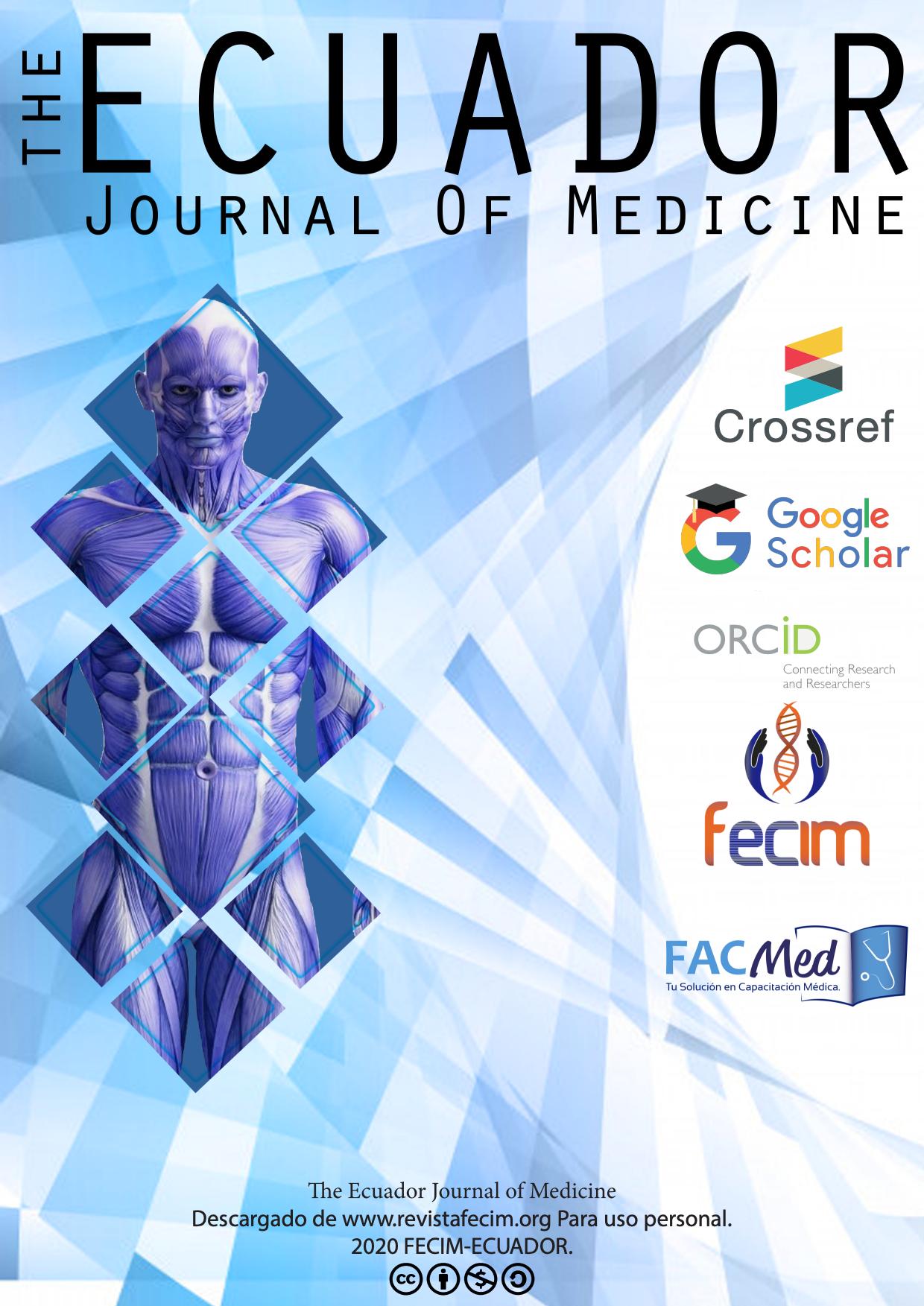Embryonal rhabdomyosarcoma of the female genital tract in an adolescent patient.
DOI:
https://doi.org/10.46721/tejom-vol1iss1-2020-07-19Keywords:
Mesenchymal tumors, Rhabdomyosarcoma, Adolescence, Surgery, Adjuvant therapy, Prognosis.Abstract
Rhabdomyosarcoma (RMS) is a rare soft tissue malignant tumor in childhood and adolescence, around 8% corresponds to this age group, with an incidence of 5 cases for every million children under 15 years of age. Of unknown etiology at present, with a probable genetic component, it originates in the embryonic mesenchyme that gives rise to striated skeletal muscle, with early metastatic spread by lymphatic and hematogenous routes to any part of the body. 15-year-old female patient, with no personal or family pathological history, with menarche at 14 years of age, without beginning of sexual life. She attended the Carlos Andrade Marín Hospital for an obstetric emergency service with a clinical picture of abdominal pain, accompanied by vaginal bleeding and the presence of a vaginal mass. Candidate for surgical intervention, where the diagnosis is confirmed by histological and immuno-histochemical study, embryonic RMS (botroid). With adjuvant treatment with Radiotherapy and Chemotherapy, with a favorable prognosis. RMS is a rare type of malignant tumor in adolescence in patients under the age of 15, which until now has not been able to determine its causal origin, with early diagnosis and multidisciplinary treatment, the prognosis of patients has experienced a great improvement in recent decades, both in Europe and in the United States. Globally, disease-free survival (SLE) is 60-70%. However, patients with detectable metastatic disease at diagnosis achieve a SLE of less than 30%, with a poor prognosis.
Downloads
Published
Issue
Section
License
Copyright (c) 2020 ADRIANA CAMPOVERDE AVILA, Jorge Ramírez. MD

This work is licensed under a Creative Commons Attribution-NonCommercial-ShareAlike 4.0 International License.





